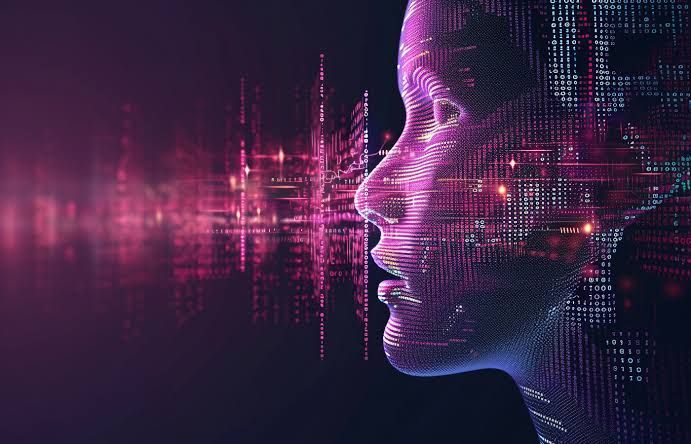Introduction
Undoubtedly, education has been at the forefront of the progress of society. With these technological changes, the traditional classrooms have already begun to evolve. However, blockchain technology opens up avenues that could be brought into use in transforming educational experiences in ways never imagined before. Though originally created to underpin cryptocurrencies, blockchain technology is increasingly spilling over into other areas, and education may well be next big takeaway.
This post explores how blockchain can bring transparency and efficiency to the educational landscape, making learning more accessible and accountable than ever.

- Credential Verification: No More Fake Diplomas
Verifying one's credentials is certainly one of the primary challenges faced by both educational institutions and employers. With fake diplomas and inflated grades being impossible to identify, traditional verification processes are both time-consuming and costly.
With blockchain, educational records, diplomas, and certifications can be stored in a safe, immutable system. This way, employers would be able to verify credentials instantaneously, checking if a candidate's degree or skills are genuine in just seconds.
END
A highly centralised platform can charge fees to students, and even deny access to qualitative content. Blockchain provides a solution by its nature of decentralisation, allowing the operation of educational platforms without having a single controlling authority. It could enable several benefits to students who study throughout the world: cheaper and open access to qualitative resources.
One can envision a student's participation in classes offered by leading institutions, working on projects, and acquiring certificates without the middleman fees. Additionally, the payment and other incentives to the students and educators can be automated through smart contracts with just due remuneration, thereby bypassing the intermediaries.
- Enriching Student Portfolios with NFTs
NFTs will inevitably be tied to art, but they will also have very useful applications in education. Students can create their portfolios in NFTs displaying their academic merits, projects, and extracurricular activities. Thus, the portfolios will be verifiable and secure and may even give birth to a new sort of academic resume not directed towards simple grades, giving a global view of a student's skills and experiences to his or her future employers.
- Micro-credentialing and Lifelong Learning
Sometimes, there will always be an urge for learning new skills, so the readiness to provide degrees cannot cater to this demand. In this regard, the embracing of micro-credentialing, where certain skills are certified instead of degrees, is now being embraced to keep pace with that demand. Blockchain will simplify and secure that process as learners earn and carry their micro-credentials throughout their work life.
For instance, a blockchain can hold specific certificates for certain skills, like digital marketing and coding languages. Therefore, users may develop a verifiable set of skills over time. This will encourage continuous learning, in which each skill and course will be recorded securely in a blockchain and easier to verify.
- Tokenized Incentives- Rewarding Student Engagement
The spice of successful learning would be engagement, but it gets tough sometimes to keep the students motivated. Blockchain can offer tokenized rewards; that is to say, students will get tokens for achievements like complete assignments, good grades, or even participating in class discussions.
These tokens could be redeemed for a range of educational privileges, such as discounts on future courses, premium content access, or even scholarships. It may also offer a very organic avenue to educate the students on digital finance, adding a new, more sophisticated level of financial literacy to the learning experience.
- Data Security and Privacy
The vast amounts of data collected in education raise serious concerns around privacy and security. Blockchain, therefore, provides a decentralized encrypted structure for data involving students. Each transaction in the blockchain is verified by many nodes hence fairly tamper-proof.
This distributed approach also ensures that student data is not stored on a single server, that makes it quite impossible to have mass data breaches. It thus could provide the students with more control over personal data and the way it is used.
Conclusion: A Future of Possibilities
Blockchain is still in its nascent stage in education, but the potential benefits are tremendous: it can advance credential verification as well as decentralized learning platforms that open new avenues for data privacy and tokenized incentives-empowering students, teachers, and institutions to collaborate on a transparent, efficient, and equitable basis.
The future is exciting, considering a globally accessible lifelong learning environment powered by blockchain ensuring the secure and verifiable record of achievement.